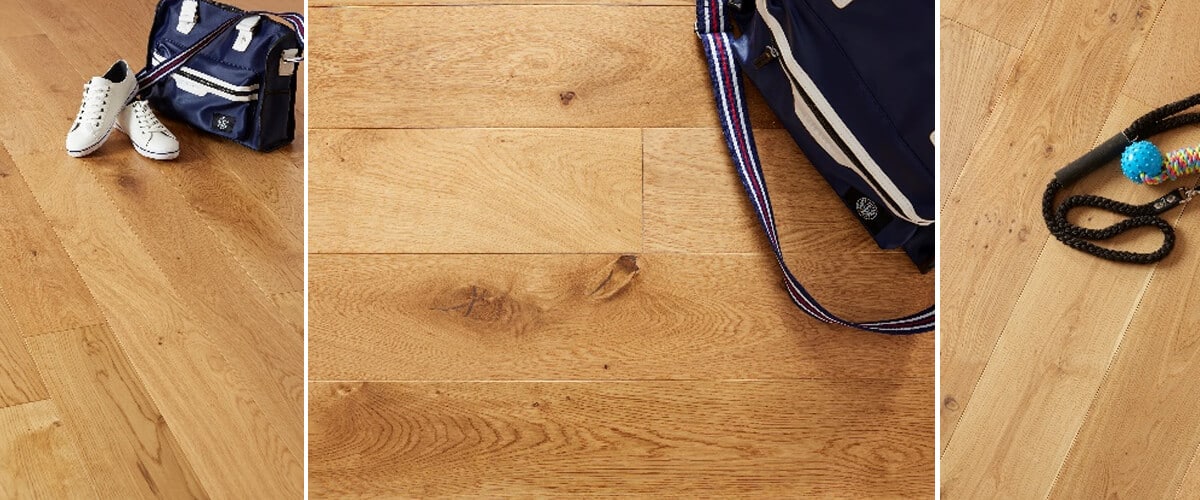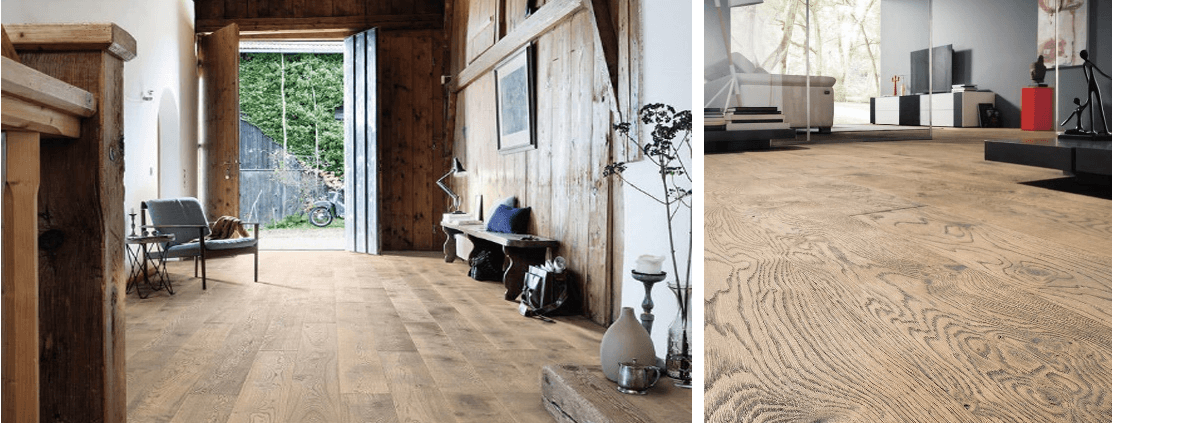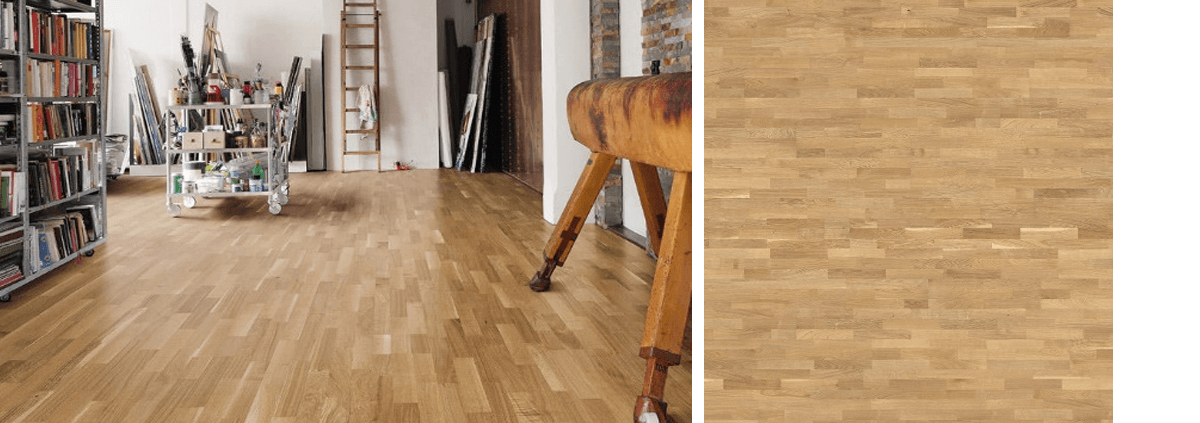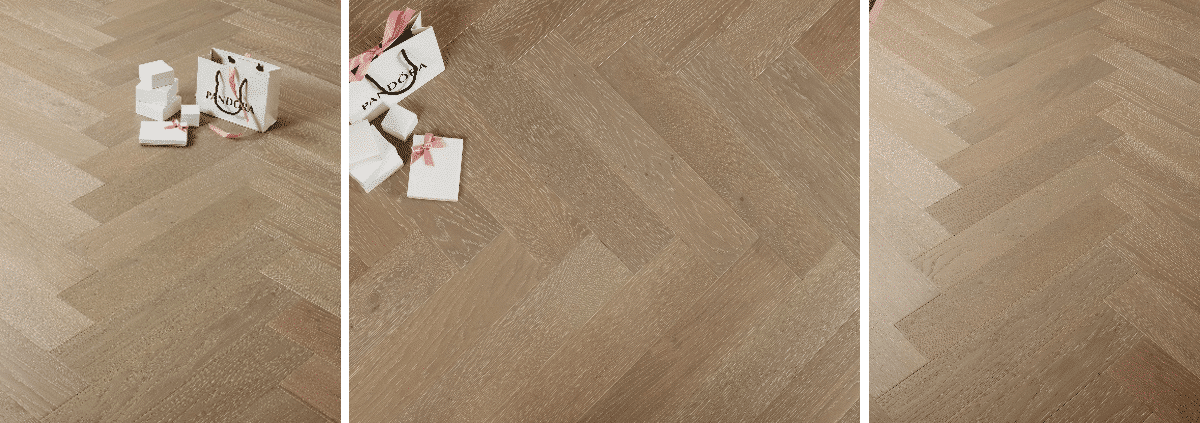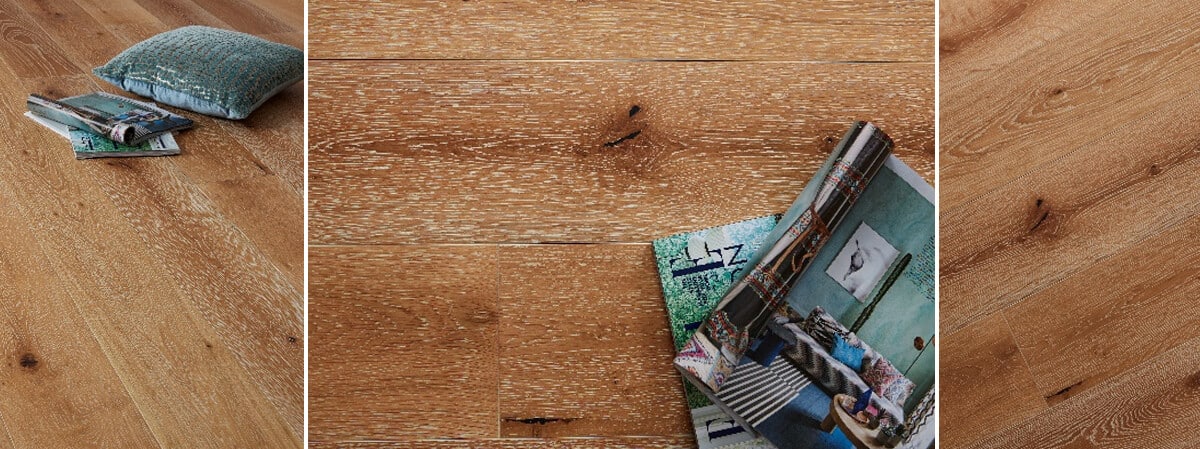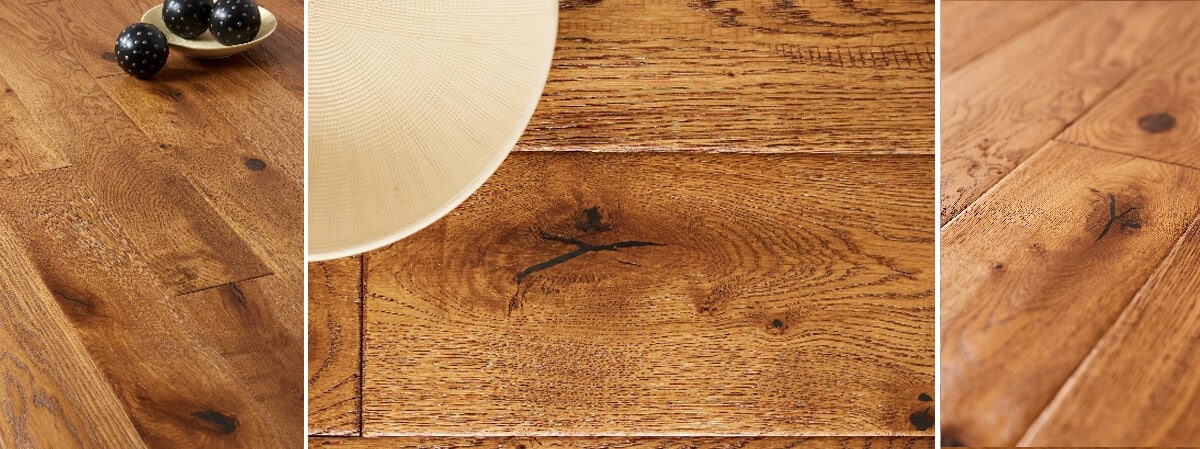sanding engineered wood floors – 7 Proven Tips
Premium Sanding Engineered Wood Floors in London
When London homeowners and commercial property managers seek perfection beneath their feet, sanding engineered wood floors stands out as the most cost-effective, eco-friendly way to revive tired boards and safeguard long-term value. At Nationwide Hardwood Flooring Company (tel 07940 528 315, email enquiries@nhfcompany.co.uk), we specialise exclusively in sanding engineered wood floors to restore beauty, extend lifespan and maximise property value. Drawing on nearly three decades of technical mastery—from Victorian terraces in Islington to contemporary apartments overlooking the Thames—our certified team delivers flawless results every time.
Why Choose Sanding Engineered Wood Floors in London?
London’s eclectic mix of heritage homes and cutting-edge new builds all share one reality: heavy footfall. Daily commutes, social gatherings and seasonal humidity swings quickly dull even premium boards, making sanding engineered wood floors an essential maintenance task. Professionally executed, the process removes scratches, eradicates stubborn stains caused by London’s acidic rain and levels out minor sub-floor irregularities. Because engineered planks feature a multi-layer construction topped by a genuine hardwood veneer, the surface can be sanded two to four times over its life—far more forgiving than low-grade laminates and dramatically more stable than solid planks in the capital’s moisture-rich environment.
Curious about the science? See this in-depth explainer on engineered flooring’s resistance to humidity and warping—helpful when planning refurbishments in basement flats or Thames-side penthouses.
Environmental & Health Benefits of Dust-Free Sanding
Traditional sanding can generate fine particulate matter and VOCs that linger indoors. Our German Lagler belt sanders pair with HEPA-grade cyclonic extractors, capturing up to 99 % of airborne dust. For a wider take on why dust control and low-VOC finishes matter, bookmark this guide to reducing the environmental impact of floor sanding. These practices not only keep your Chelsea apartment pristine; they also align with the Clean Air Act 1993 governing Greater London construction sites.
Our Sanding Engineered Wood Floors Services
Site Visit & Consultation Across London Boroughs
Effective sanding engineered wood floors begins with an in-depth audit. We travel from Bromley to Barnet, measuring wear-layer thickness with digital callipers and noting traffic patterns in hallways, lounges and retail spaces. During this complimentary visit we discuss colour goals and can recommend options such as durable Haro engineered flooring if boards require partial replacement.
Dustless Sanding Technology for London Homes
London flats often lack outdoor space for debris disposal, which is why our dust-free system is vital. Cyclonic extractors glide behind belt sanders, keeping your Kensington cabinetry spotless. Curious how dust-free sanding works? Explore the step-by-step breakdown from industry experts on durability and sanding.
Custom Staining & Finishing Options
Once raw oak, walnut or maple veneer is exposed, our colour-matching specialists craft bespoke stains on-site. Whether you crave Scandinavian pale tones for a Hackney studio or deep espresso for a Mayfair penthouse, we mix, sample and seal with rapid-cure lacquers or nourishing hardwax oils. For eco-minded clients, learn why organic oils and dust-free sanding are redefining green restoration across the UK.
Step-by-Step Process: Sanding Engineered Wood Floors
- Moisture & Wear-Layer Assessment: Hygrometers verify relative humidity for cupping prevention.
- Furniture Relocation & Protection: Fireplaces and antique skirting protected with padded sheeting.
- Coarse Grit Pass (36–40): Removes varnish layers and flattens boards.
- Medium Grit Pass (60–80): Refines the surface, eradicating chatter marks.
- Edge & Corner Sanding: Trio sanders reach beneath Victorian cast-iron radiators.
- Fine Grit Pass (100–120): Prepares veneer for stain absorption.
- Vacuum & Tack Cloth Wipe-Down: Two-stage cleaning removes micro-dust.
- Stain & Finish Application: UV-hardening lacquers cure within hours—ideal for busy Soho retail units.
Cost Guide for Sanding Engineered Wood Floors in London
On average, sanding engineered wood floors costs £21–£28 per m², inclusive of two coats of hardwax oil. Premium lacquers or pigmenting add £3–£5 per m². Stair treads require handwork, typically £35 each. Larger jobs (75 m²+) qualify for volume discounts. Wondering about ROI? A well-maintained wooden floor can boost property value by up to two percent, according to recent London market analyses.
| Service | Avg. Price | Includes |
|---|---|---|
| Sanding & Clear Seal | £21–£24/m² | 3-stage grit, lacquer ×2 |
| Sanding & Colour Stain | £24–£28/m² | 3-stage grit, stain, oil ×2 |
| Stair Sanding | £35 per tread | Hand detail, oil ×2 |
Maintenance Tips After Sanding Engineered Wood Floors
- Fit felt pads under heavy furniture to avoid premature re-sanding.
- Clean weekly with pH-neutral solutions—see V4’s wood floor care tips for product ideas.
- Keep indoor humidity between 45–55 % to prevent veneer delamination.
- Re-coat high-traffic areas every 18–24 months to defer full resands.
Planning a Heritage Restoration?
Owners of Georgian townhouses or listed sites often require specialist oversight. Consult conservation-approved advice from DBR Building Restoration before scheduling any invasive work, ensuring your new finish adheres to English Heritage guidelines.
Get a Free Quote Today
Ready to revitalise your space? Call 07940 528 315 or use our online contact form for an obligation-free survey. Confirm your booking this month to secure complimentary stain samples worth £95—and discover firsthand why thousands of Londoners trust Nationwide Hardwood Flooring Company for impeccable, long-lasting results.


